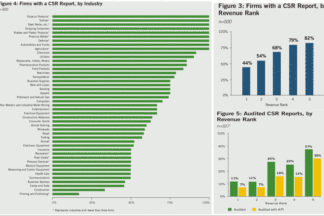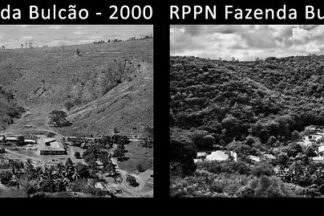You can’t manage what you can’t measure.
This common sense platitude holds true for a lot of things:
Salary, punctuality in trains, inflation. And – of course – sustainability/ESG data.
Measuring alone can be complex enough.
But there are also incentive systems. And the impact they have on aspirations to deliver results.
Where sales targets for instance are as good as always understood as ‘invitation to be exceeded’ (with financial and other bonuses resulting from overachievement) the near opposite holds true for ESG/sustainability related KPIs.
And that absolutely must change.
For every single person in every single company.
KPI priorities must be flipped on their heads.
Reporting on ESG / sustainability dimensions is an issue.
One for the executives in a company across all levels of responsibility.
And one for the board.
For the board indeed even on two accounts, namely:
The metric they require to be reported to; and the metric that eventually find their way into publicly disclosed information of some shape or other.
Unsurprisingly: How seriously a company takes the ESG issue can be inferred from the extent, poignancy, and quality of their reporting.
That again – equally unsurprisingly – says is all about how ESG-savvy their board most likely is. Or, indeed, is not.
Regenerative' is really a re-packaging of traditional agro-ecological approaches, with an added notion of leaving the land better than it was found.
And yet - because lack of knowledge runs deep in companies, such lack is compensated by prescribing procedures rather than to focus on outcomes. It is a bit of a deja-vu indeed ...
The RAGS Challenge Fund ran from 2010 to 2013, and was funded by UK aid from the Department for International Development (DFID).
“Working Together for a Responsible Ready-Made Garment Sector” is the final report of the RAGS Challenge Fund. The report is intended to be a vehicle for sharing the lessons learned during the life of RAGS for a number of audiences, such as government entities, NGOs, trade union
This article has was submitted to and appeared in edited form at the European Business Ethics Network annual conference, Lille...
The “Better Consumer” report aims to be a source of reliable information to those executive saying “Show me there is demand, and we'll be happy to cater to it” when asked why their fashion brand is not producing better, more sustainable products.
In the discussions within companies around risk management and indispensable moves towards more sustainable processes and business practises, there’s habitually unmentioned elephant in the room, namely: Where, in all what needs to be done in the corporate world, does the responsibility of the individual factor in?
After 10 years in the make, CETI, the European Centre for Innovative Textiles, was finally inaugurated in October 2012. The aim of the research centre is to give the textile industry a platform to research and prototype innovative textiles that can be used in sectors like: Medical, Sport & Leisure, Hygiene, and Protection sectors representing 25% of technical textile manufacturing industry; building and civil engineering that account for 10% of the production; transport making 26% of the market volume (and 15% of the market value) of technical textiles.
With an event targeting the industry. the United Kingdom’s Department for Environment, Food and Rural Affairs (Defra) launched their first Sustainable Action Plan (SCAP) report revealing the data about the extent and impact of the country’s clothing waste.
Scientists, engineers, designers and creators. 3 'species' of people that neither in academia, nor in industry collaborate well. Yet, precisely the fashion and textiles industry is so trans-disciplinary that collaboration is a must.




